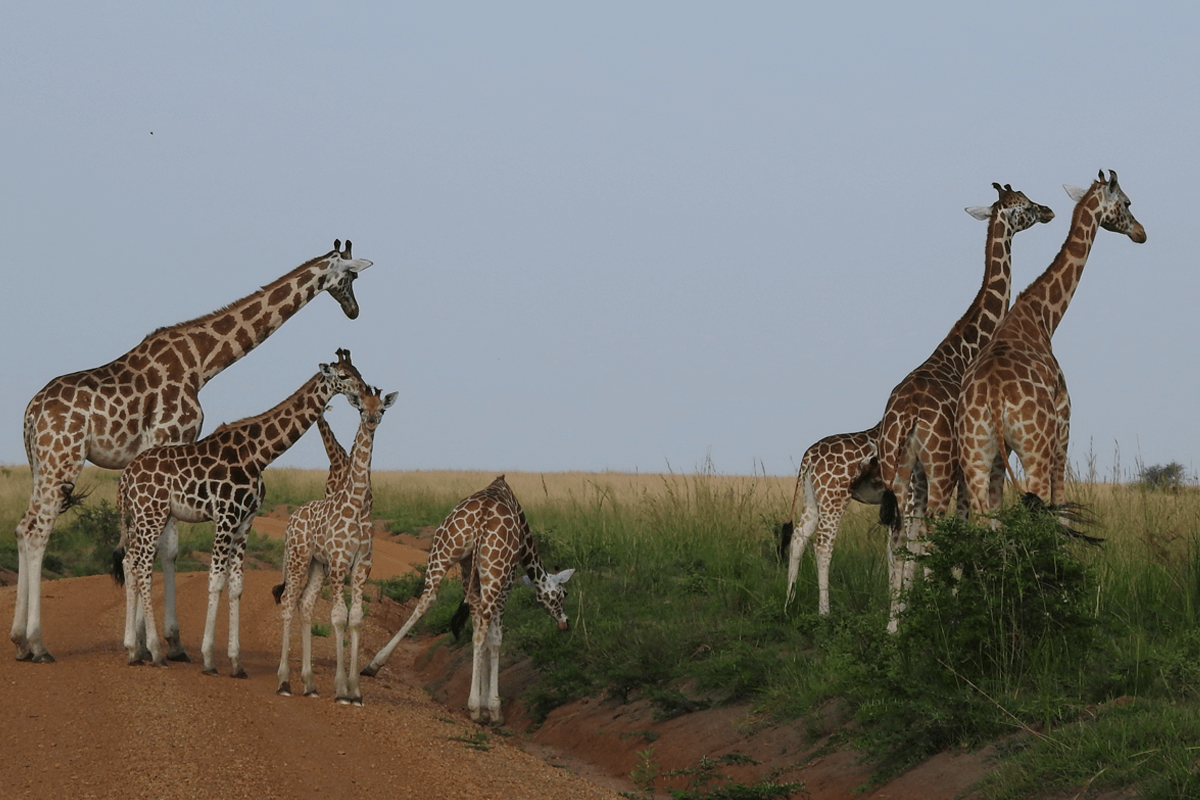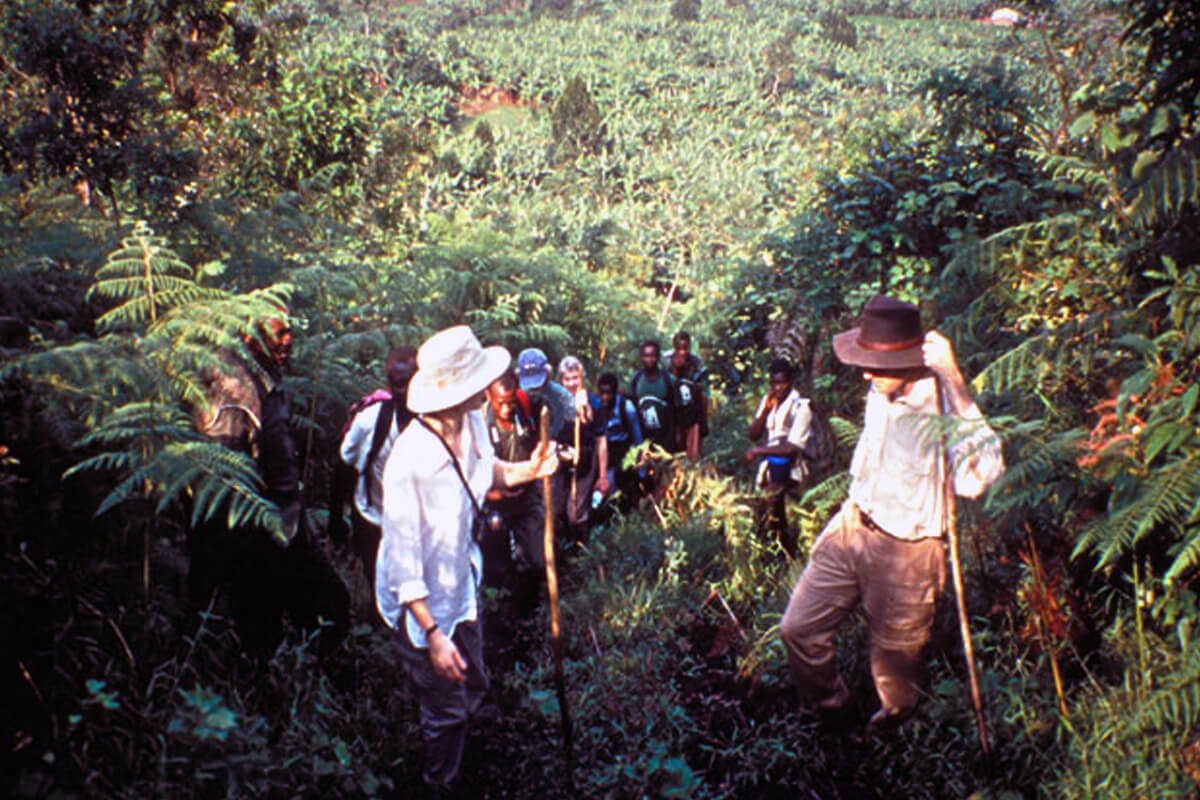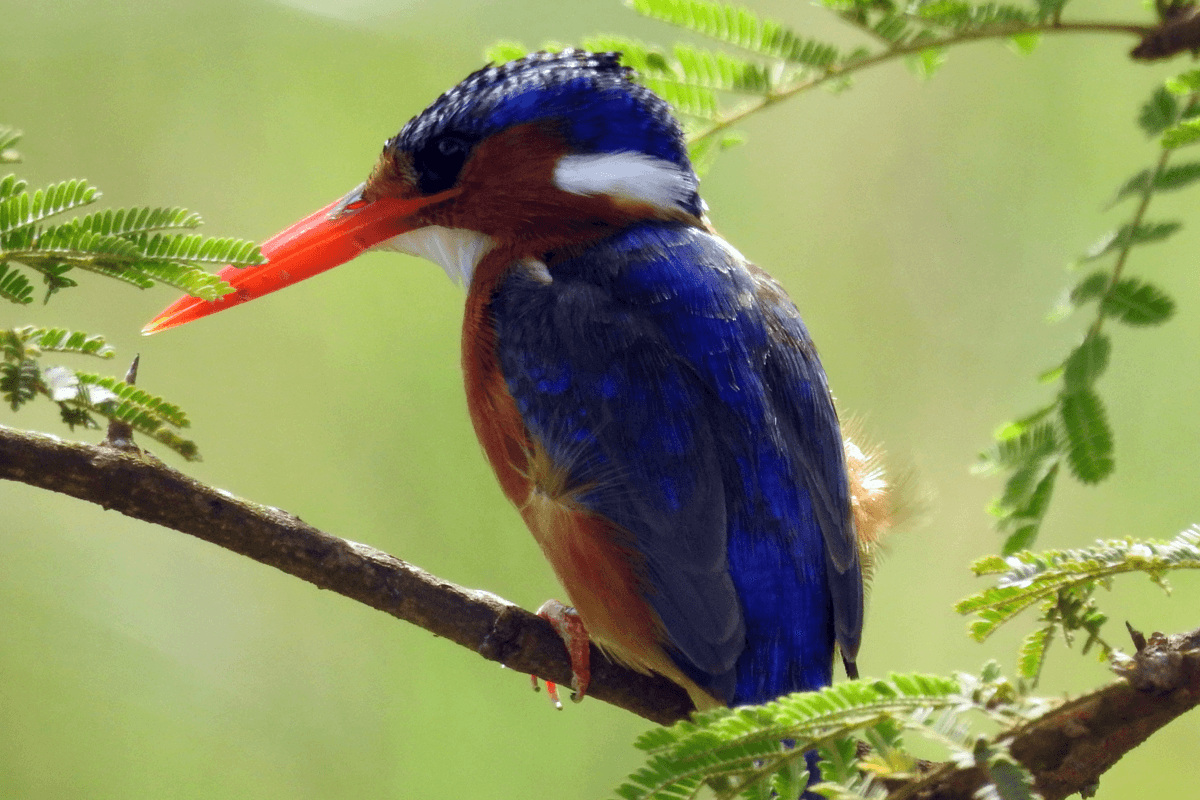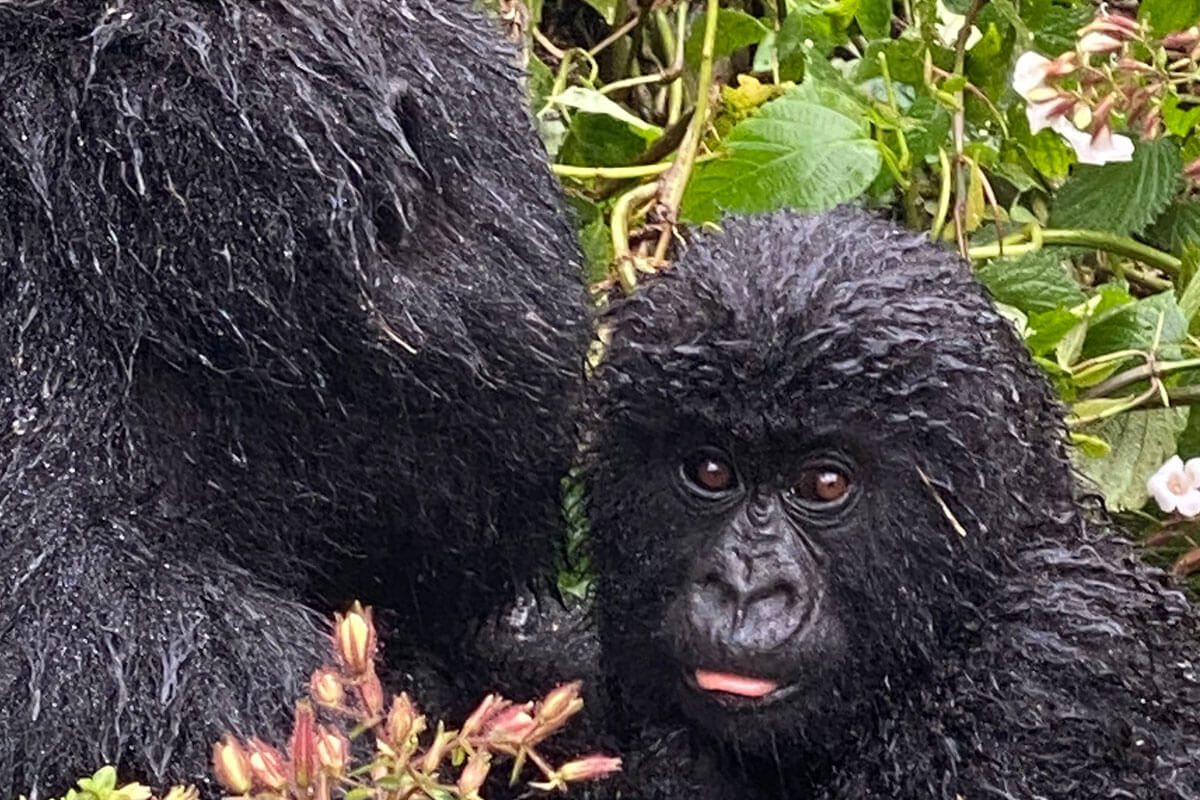Gorilla Trekking Safarais Info
Frequently Asked Questions
Here are the answers to some of the common questions our guests ask about Gorilla trekking safaris in Uganda and Rwanda. Read through the various sections, and should you have any further questions, just talk to us and we'll help you out.
The maximum time you are allowed to spend with gorillas is 1 hour. This doesn’t include the time you will spend hiking in the rainforest.
Generally, the whole activity of gorilla trekking will take between 2 and 5 hours, depending on how far into the forest your chosen group has wandered that day. If you would prefer shorter tracking, let us know and your guide will request the park officials to place you with a gorilla family that will be easier to find on that day.
If you want to spend even more time with the gorillas, you can choose to do gorilla habituation instead. It is a bit more expensive, but you get to spend 4 hours with a group of gorillas that are still being trained to get familiar with humans.
The dry seasons (June-September and December-February) are generally considered the best times to go gorilla trekking as the trails are less muddy and visibility is better.
There are strict rules in place to protect both visitors and the gorillas. These typically involve maintaining a minimum distance, keeping your voice down, and avoiding any sudden movements.
Gorilla trekking permits are expensive, typically ranging from $500 to $1,500 USD depending on the location.
Gorilla trekking permits are highly sought after and can sell out quickly. It’s essential to book yours well in advance, ideally 3-4 months before your desired trekking date.
The difficulty of the trek can vary depending on the location of the gorilla family you visit. The terrain can be muddy, steep, and uneven, so being in good physical condition is recommended.
You’ll want to pack sturdy hiking boots, long pants, a raincoat, insect repellent, sunscreen, a hat, and plenty of water. Some tours may also recommend bringing a packed lunch and snacks.
Popular destinations include Bwindi Impenetrable National Park in Uganda and Volcanoes National Park in Rwanda. Each location offers unique advantages and considerations in terms of cost, accessibility, and overall experience.
Depending on your destination, there may be specific vaccinations recommended to protect you from diseases common in the region. It’s wise to consult with your doctor or a travel clinic well in advance of your trip.
While gorilla trekking focuses on observing habituated families, there is a chance of encountering other wildlife. Your guide will be well-versed in local wildlife behavior and safety protocols. Be sure to follow their instructions closely.
Yes, taking photos and videos is usually permitted, but there may be restrictions on flash photography and using tripods. It’s important to follow these guidelines to avoid disturbing the gorillas.
A zoom lens is ideal for capturing close-up shots of the gorillas while maintaining a safe distance. A weatherproof camera case is also recommended, as the trek can involve muddy or wet conditions.
Choose a reputable tour operator who prioritizes responsible tourism practices. Look for companies that support gorilla conservation efforts and ensure their guides are well-trained in responsible gorilla viewing protocols.
While gorilla trekking can be a powerful tool for conservation, it’s important to be mindful of the environmental impact of tourism. Look for tours that prioritize responsible practices like using eco-friendly lodges, minimizing waste generation, and supporting local communities.
There are many organizations dedicated to gorilla conservation efforts. Consider researching and supporting these groups to make a lasting impact on the future of these incredible animals.
Many gorilla trekking destinations are located within National Parks teeming with diverse wildlife. Depending on the park and your chosen tour, you might have the chance to see chimpanzees, golden monkeys, elephants, and a variety of bird species.
Absolutely! Many tour operators offer itineraries that combine gorilla trekking with other adventures, such as visiting local villages, exploring volcanoes, or wildlife safaris on the savanna.










